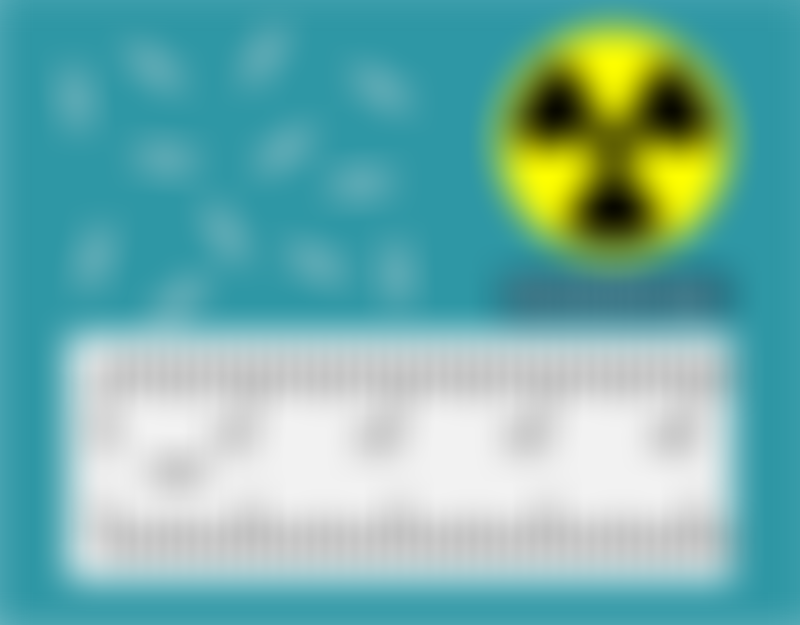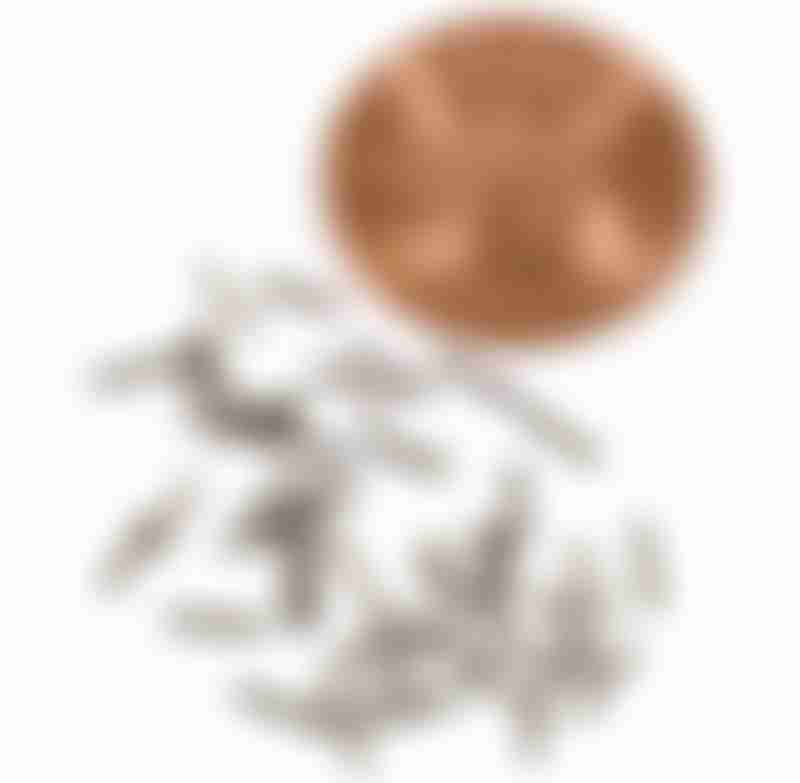Low-Dose Rate Brachytherapy

Small radioactive seeds are used in low-dose rate brachytherapy for prostate cancer. Adapted from: Shutterstock
Low-dose rate (LDR) brachytherapy for prostate cancer is a convenient radiotherapy-based treatment which delivers radiation directly to tumors while limiting exposure to regular healthy tissue. It can be recommended for men with early-stage prostate cancer, and may also be used to supplement other externally-delivered radiation therapies for those with advanced prostate cancer.
LDR brachytherapy involves inserting tiny radioactive sources called “seeds” that are about the size of rice grains into your prostate and leaving them there permanently to deliver radiation over an extended period of time. The “seeds” are made of titanium metal with a radioactive core. While the “seeds” will stay in your prostate forever, the radiation will wear off after 1-2 years.

Brachytherapy seeds compared against a US penny (around 0.75 inches). Source: Science Photo Library
Before your treatment, your suitability for the procedure will be assessed. Your prostate anatomy will be screened using either an ultrasound probe, computed tomography (CT) or magnetic resonance imaging (MRI) scan. Your doctor will then plan the best and safest places to insert the seeds in your prostate. However, before proceeding with this treatment, you should have at least decent urinary control, without too many issues with irritation or obstruction. If necessary, you may need to take medication to improve your urinary function first.
During LDR brachytherapy for prostate cancer
The procedure will be carried out under general anesthesia, so you will not experience any pain or discomfort during the procedure itself. It should take less than half a day to complete. During the treatment, a temporary catheter will be placed into your bladder through your penis to drain your urine during the procedure, while an ultrasound probe will be inserted into your rectum to visualize your prostate. Hollow needles will then be inserted through your perineum to reach your prostate, while a computer identifies the most optimal position for each seed. The seeds will then be inserted through these needles. The procedure will wrap up with an imaging scan to ensure all the seeds have been correctly placed, followed by the removal of the needles and catheter.
After LDR brachytherapy for prostate cancer
For a few days after the treatment, it will be normal to see some blood in your urine, and feel some pain and bruising around your groin. Over the first few days, as a precaution, you will need to pass your urine through a strainer to catch any stray radioactive seeds that may fall out. While this rarely happens, if one does fall out, you should continue straining it for a few more days. To minimize risk of radioactive exposure when you catch a seed, you should not touch it with your hands, and instead use a pair of tweezers or spoon to pick it up. It can be stored in a closed container away from people, and your doctor can then advise you on safe disposal.
In the long run, these small seeds will remain in your prostate permanently, but remain unnoticeable. After 1-2 years, almost all of the radiation will have dissipated, and the seeds will have minimal impact on your body.
After completing your treatment, you should avoid sex for about a week afterwards. A condom is necessary for the first five times you ejaculate post-treatment, and will help protect you and your partner in the rare case of a seed falling out during ejaculation.
If all goes well, at four years after treatment, your prostate-specific antigen level should remain below 0.2 ng/mL. In high-risk prostate cancer, adding LDR brachytherapy to external radiotherapy and androgen deprivation therapy can help boost metastasis-free survival by about 30% at 10 years.
While LDR brachytherapy does affect urination, issues are usually temporary. They peak within the first three months after treatment, and taper off by a year after. Furthermore, almost 90% of men who completed the more intense combination of external radiation therapy and LDR brachytherapy were able to return to their normal sex life after five years, with over 70% experiencing only minimal issues with erectile dysfunction. Compared to other therapies, LDR brachytherapy can help protect bladder and sexual functions by sparing most of the nearby tissue and nerves from the risk of damage or the need for surgical removal.
With only one treatment session usually required, LDR brachytherapy can be a much more convenient option for you, with side effects that resolve for the majority of cases. A good cancer treatment should not only cure you, but also preserve your quality of life. Additionally, if you were recommended active surveillance previously, but prefer to undergo treatment, this may also be a relatively safe alternative for you.